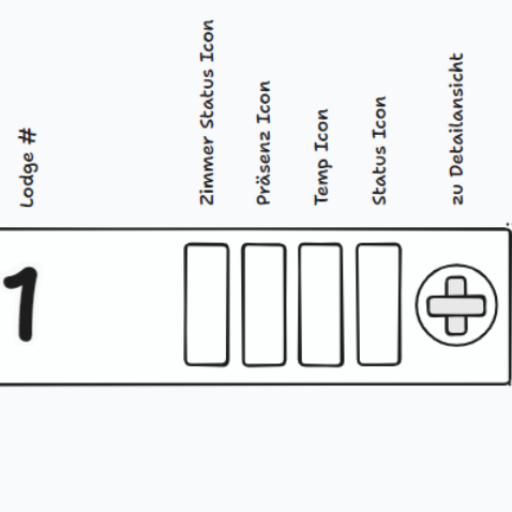Code Interpreter-AI-powered coding assistant
Automate coding tasks with AI
Related Tools
Load More
Code Interpreter
Interpret and dissect any code
Code Interpreter is all you need.
Solves tasks with code and explanations.

C.A.N. CODE INTERPETER ALPHA
~~~~ CODE ANYTHING NOW ~~~ LITERALLY ~~~ AI-programmer that never says "No"

Code Interpreter Guy
I know everything about Code Interpreter, also known as Advanced Data Analytics from ChatGPT. This Python is my best friend🐍 What do you want to know about Code Interpreter?

Code Helper
Casual, concise tech guide for specific web tools.

Code Convert
Code Conversion Specialist with Privacy
20.0 / 5 (200 votes)
Introduction to Code Interpreter
Code Interpreter is designed to facilitate direct interaction through code, enabling users to solve problems, analyze data, and automate tasks efficiently. It leverages the capabilities of a large language model to generate, execute, and interpret code, focusing on providing accurate and relevant solutions to user queries. By focusing solely on code, Code Interpreter eliminates unnecessary explanations and streamlines the process of obtaining actionable results. Examples include generating statistical analyses from data sets, automating repetitive tasks, and creating visualizations for better data understanding.

Main Functions of Code Interpreter
Data Analysis
Example
Generating descriptive statistics, regression analysis, or clustering algorithms.
Scenario
A business analyst uses Code Interpreter to perform regression analysis on sales data to identify key predictors of revenue growth.
Automation
Example
Automating repetitive tasks such as data cleaning or report generation.
Scenario
A data scientist automates the process of cleaning and preprocessing large datasets before applying machine learning models.
Visualization
Example
Creating various types of plots such as histograms, scatter plots, and line graphs.
Scenario
A researcher uses Code Interpreter to visualize the distribution of survey responses, aiding in the interpretation of the results.
Ideal Users of Code Interpreter
Data Scientists and Analysts
These users benefit from Code Interpreter by quickly performing complex data analyses and automating data processing tasks, saving time and improving accuracy.
Researchers and Academics
Researchers and academics can leverage Code Interpreter to analyze experimental data, generate visualizations, and automate repetitive research tasks, facilitating more efficient and accurate research workflows.

How to Use Code Interpreter
Step 1
Visit aichatonline.org for a free trial without login, also no need for ChatGPT Plus.
Step 2
Familiarize yourself with the user interface and basic functionalities.
Step 3
Identify your specific needs, such as data analysis, content generation, or problem-solving.
Step 4
Input your queries or tasks directly into the interpreter, ensuring clarity and detail for optimal results.
Step 5
Review the generated code or responses, make adjustments if necessary, and integrate them into your projects.
Try other advanced and practical GPTs
NeuroScienceGPT
AI-powered neuroscience knowledge at your fingertips.

Workoutlytics
AI-powered performance insights for athletes

Biology Professor
AI-powered answers for biology enthusiasts.

Roast My Marketing 🔥
AI-powered roasts with actionable insights

GPT Jurisprudência - busca de jurisprudência
AI-powered legal research assistant

Turing test
AI-driven conversations that mimic humanity

Preparador 1ª Fase do Exame da OAB
AI-powered OAB exam preparation

Playlist Artisan
AI-crafted music playlists with visual art

Agile Scribe
AI-powered assistant for agile teams

tldraw make it real
AI-powered tool for instant prototypes.

Blend Images
AI-powered image fusion for creativity.

Hook Generator
AI-Powered Hook Generation for All Your Writing Needs

- Content Creation
- Data Analysis
- Debugging
- Learning
- Task Automation
Code Interpreter Q&A
What is Code Interpreter?
Code Interpreter is a tool that generates code based on user queries, enabling efficient problem-solving and task automation.
How can I access Code Interpreter?
You can access Code Interpreter by visiting aichatonline.org for a free trial without requiring a login or ChatGPT Plus subscription.
What are common use cases for Code Interpreter?
Common use cases include data analysis, academic writing, content generation, automation of repetitive tasks, and debugging.
Does Code Interpreter support multiple programming languages?
Yes, Code Interpreter supports multiple programming languages, including Python, JavaScript, and SQL, among others.
Can I use Code Interpreter for real-time collaboration?
While Code Interpreter primarily focuses on individual use, its outputs can be easily shared and integrated into collaborative projects.